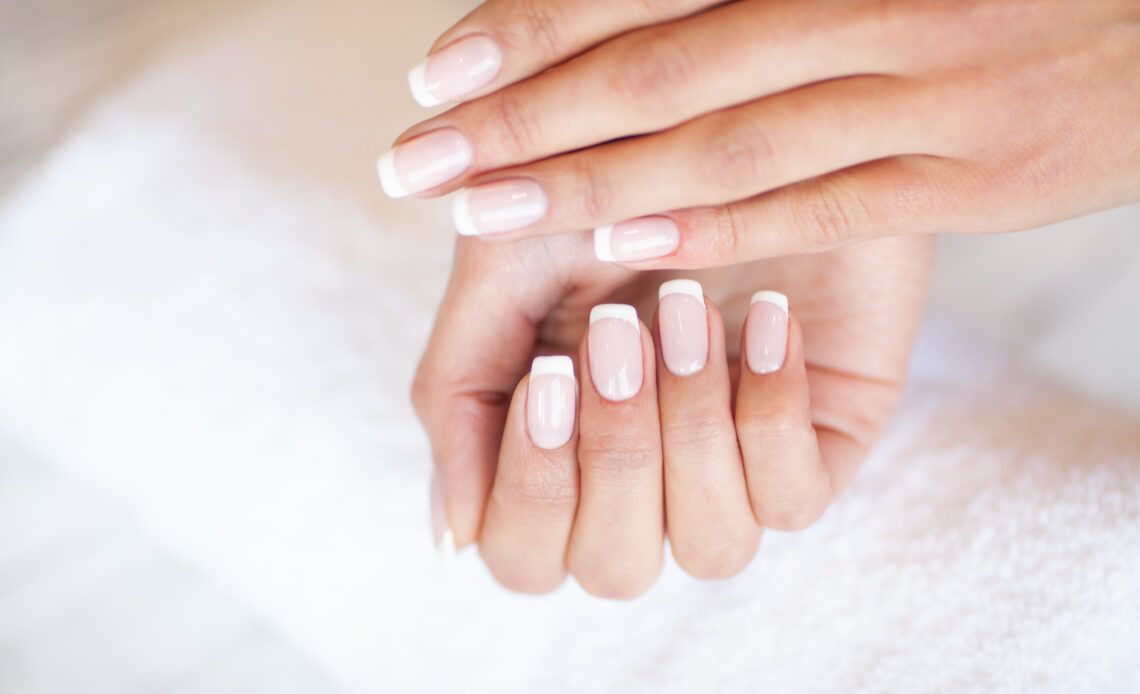
Is healthy nail care important for increased healthspan and longevity? What’s the best way to care for aging fingernails? What’s the best way to care for aging toenails? Is it wise to use a hammer to solve your nail problems?
7 Best Practices for Nail Care
- Eat a healthy diet with sufficient vitamin B, calcium, vitamin C, folic acid and omega-3 fatty acids.
- Trim your toenails every 6 weeks and your fingernails bi-weekly. Trim them after a bath or shower when they are softened. Toenails grow at 2mm / month. Fingernails at 4mm / month.
- Use your own fingernail and toenail clippers or use a certified nail salon. Do not share your clippers with others, especially if you have a nail fungus infection.
- Don’t remove your cuticles — they seal the skin to the nail plate and protect new nail growth from harmful bacteria. Removal may lead to nail infection called paronychia and yes, that sounds bad!
- Know the health and safety issues with nail polishes. If using nail polish remover, choose an acetone-free formula.
- Don’t ignore persistent or unusual nail problems. See this slideshow that matches pictures of unhealthy nails with their associated illness. For a nail problem that doesn’t go away and/or has odd symptoms, consult your physician promptly.
- Don’t use a hammer on human nails.
Best Web Articles for Fingernail Care
- How to Trim Nails
- Fingernail Do’s and Don’ts
- What Your Fingernails Say About Your Health (slideshow)
- 7 More Fingernail Problems Not to Ignore
Best Web Articles for Toenail Care
- How to Cut Your Toenails to Prevent Ingrown Toenails (5 minute video) – Cut square across, avoid rounded.
- How to Fix Ingrown Toenails – Cut away the spurs carefully after softening the nails and sterilizing your tools.
- Fungus Toenail Infection Treatment Options and Risks – 6-12 months to see results. Make sure you are aware of risks, side-effects and drug interaction issues below. They are unpleasant and dangerous. Better, safer solutions are needed. Not-seeking treatment may be your best option.
- Lamisil / Terbinafine Safety Data Sheet
- Itraconazole Safety Data Sheet
The Science of Biotin Supplementation for Nail Care
Biotin supplementation is promoted for healthy nails, skin and hair. There are only a few small scientific studies to try to support this claim. In general, a normal diet will provide 1-2 times the recommended adequate intake of 30 micrograms of biotin. For example, one egg provides ⅓ the daily adequate intake. Because you can get sufficient amounts from food, biotin supplementation is medically unnecessary.
Biotin deficiency occurs rarely and is most often connected with alcoholism. Symptoms include brittle nails, red rashes around the eyes, nose, mouth and perineum as well as thinning body hair.
If you supplement with biotin, inform your physician as high biotin intakes can cause clinically significant falsely high or falsely low laboratory test results. These incorrect results may lead to inappropriate patient management or misdiagnosis of a medical condition. Biotin supplementation can even interfere with home pregnancy test results.
At least a third of pregnant women develop marginal biotin deficiency in spite of normal biotin intakes. There is no current medical guidance for this.
Nail Care Conclusion
This concludes our article on best practices for nail care. As your reward for reading and taking care of your health, see comedian Anjelah Johnson’s hilarious skit on going to a nail salon, especially if you are single.
